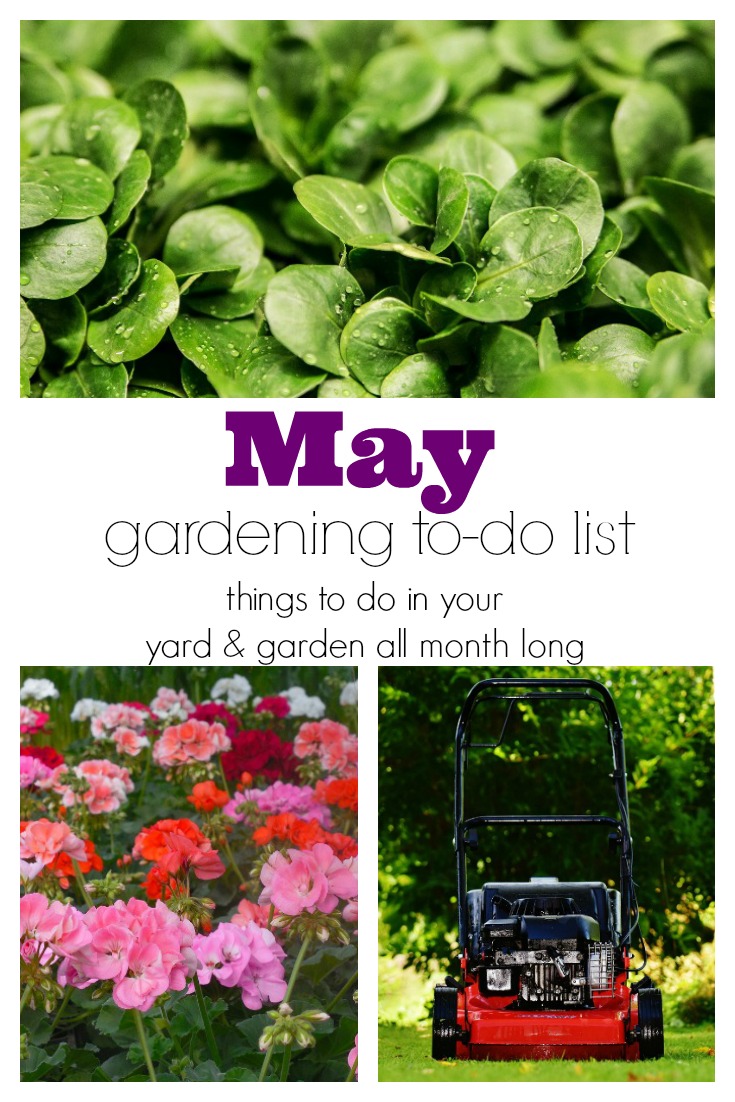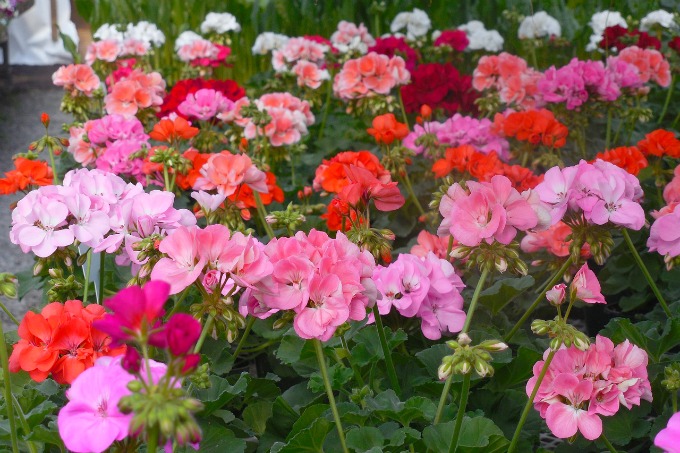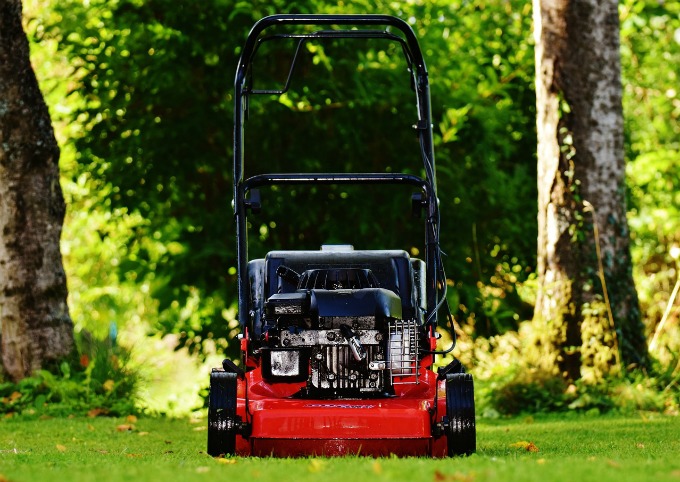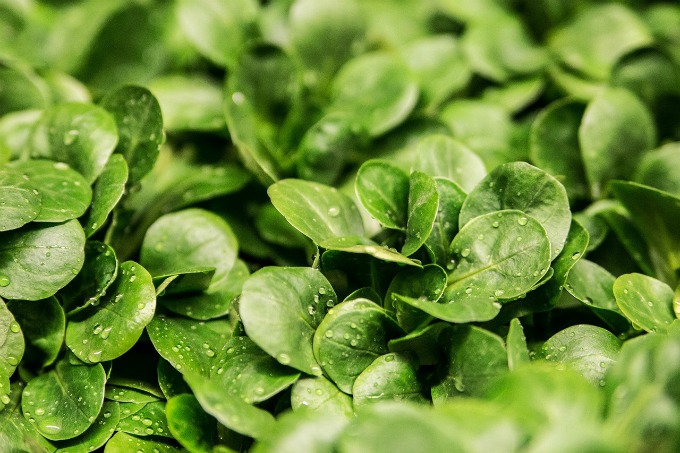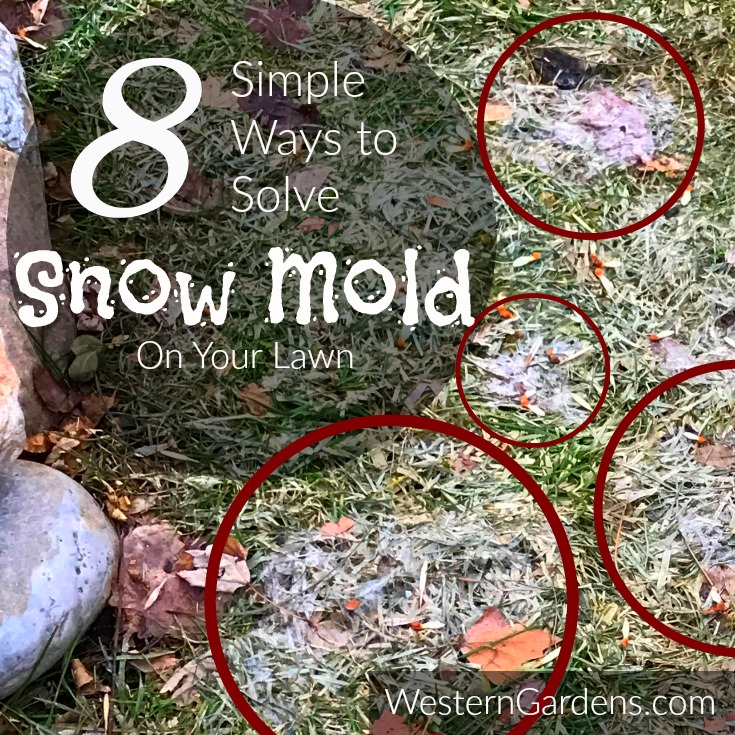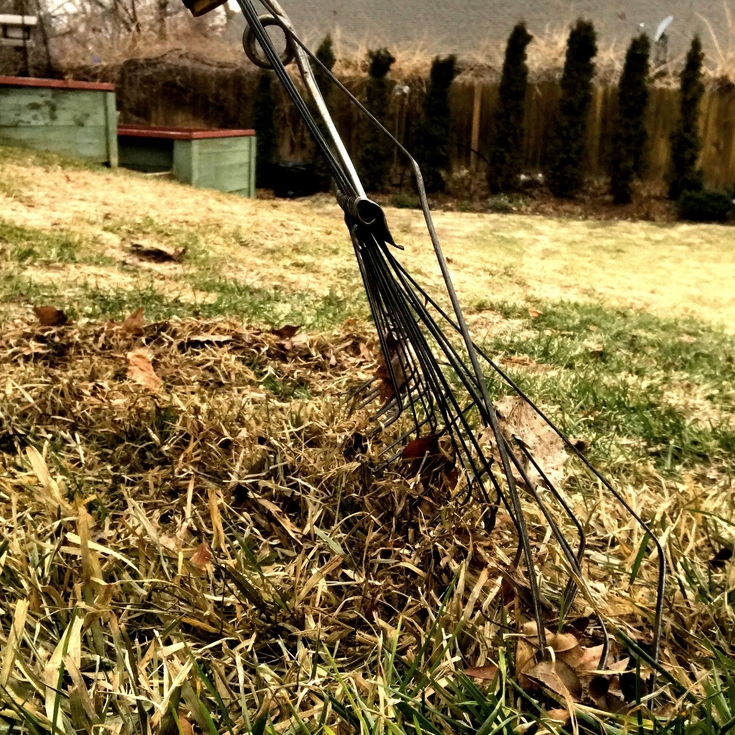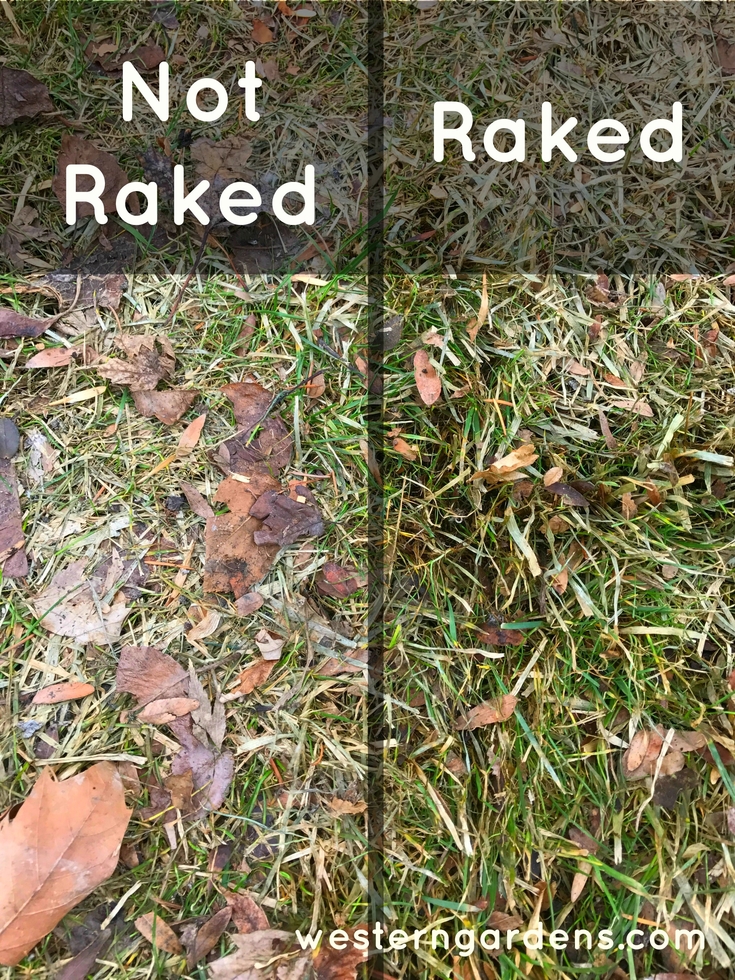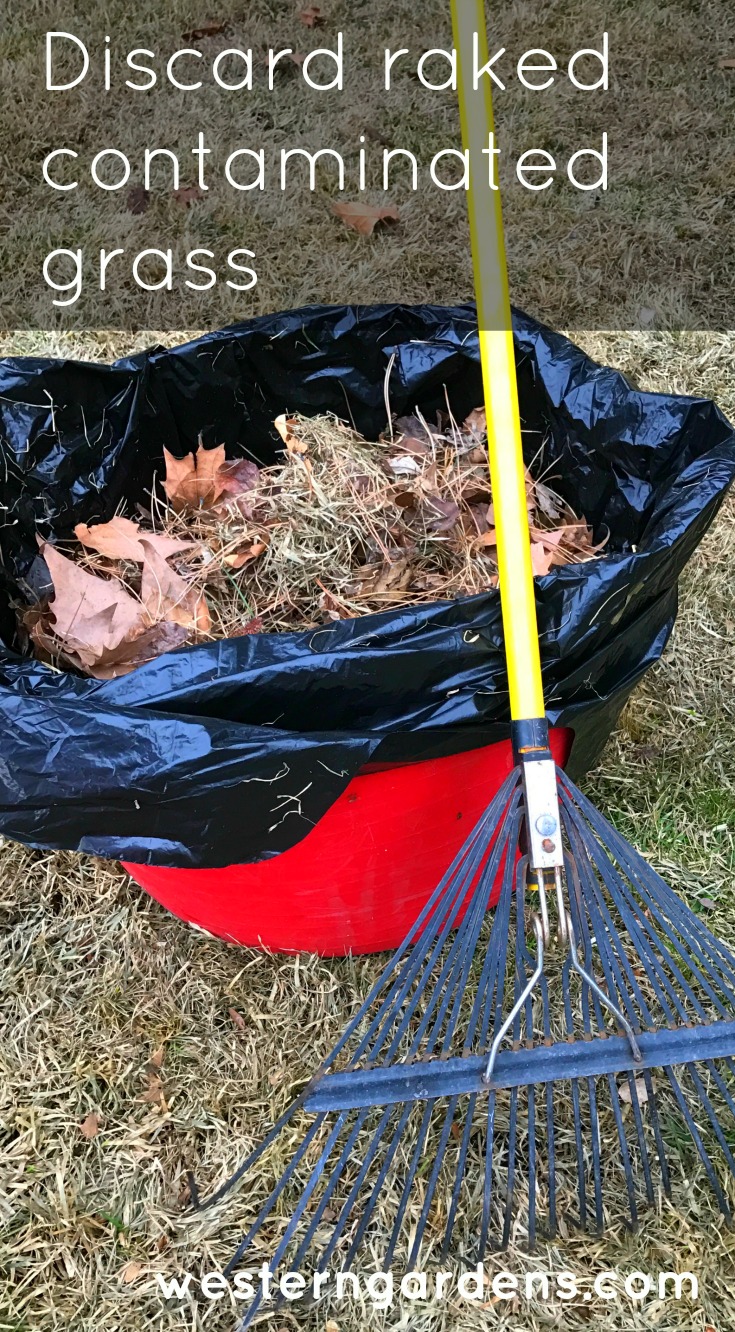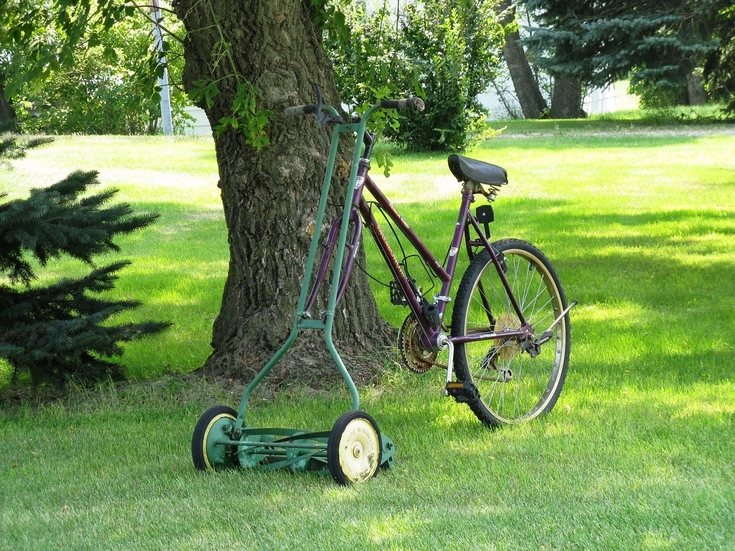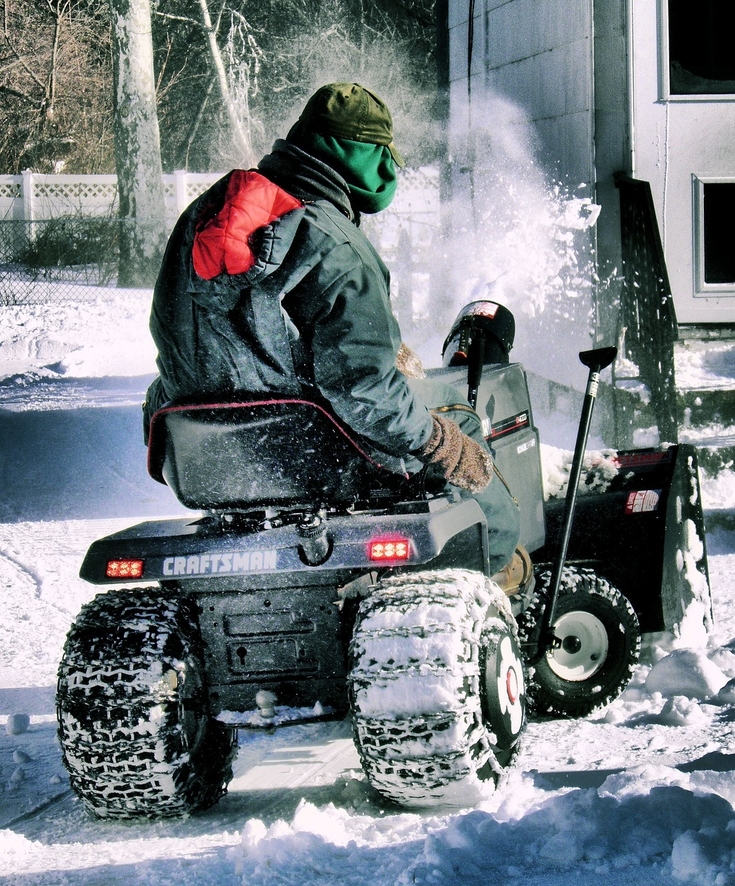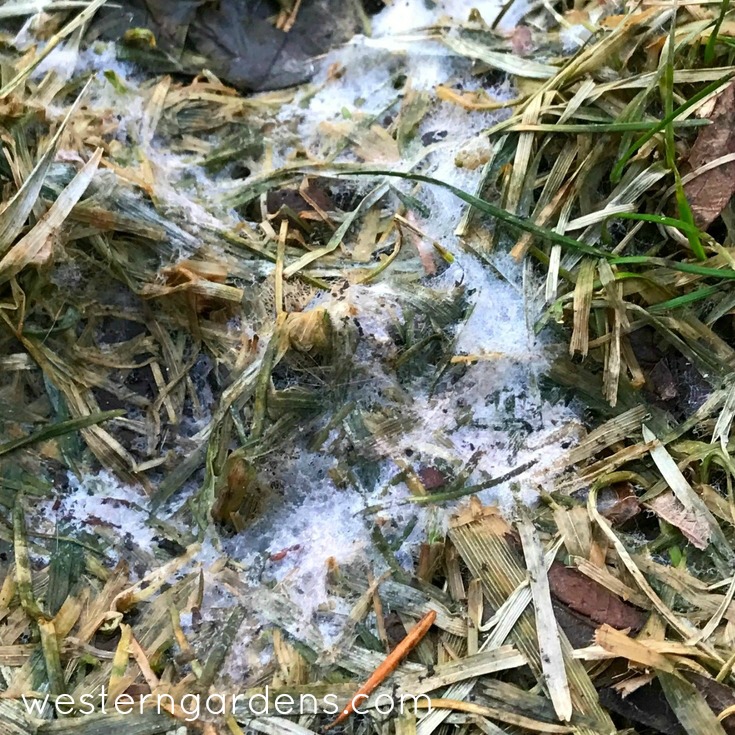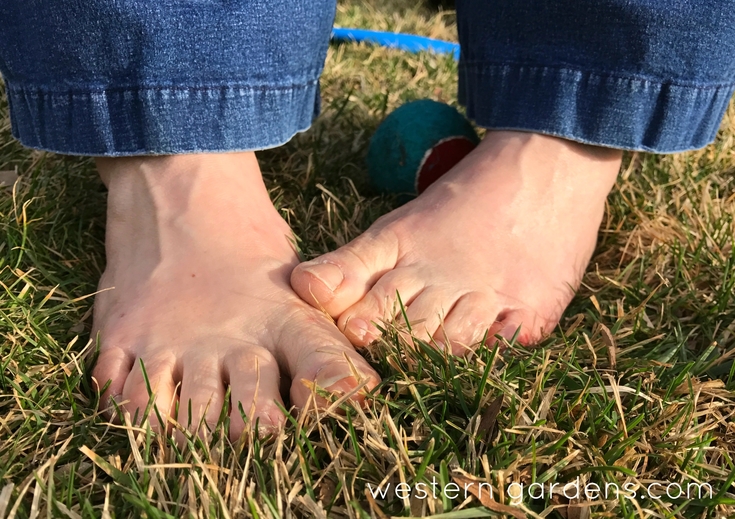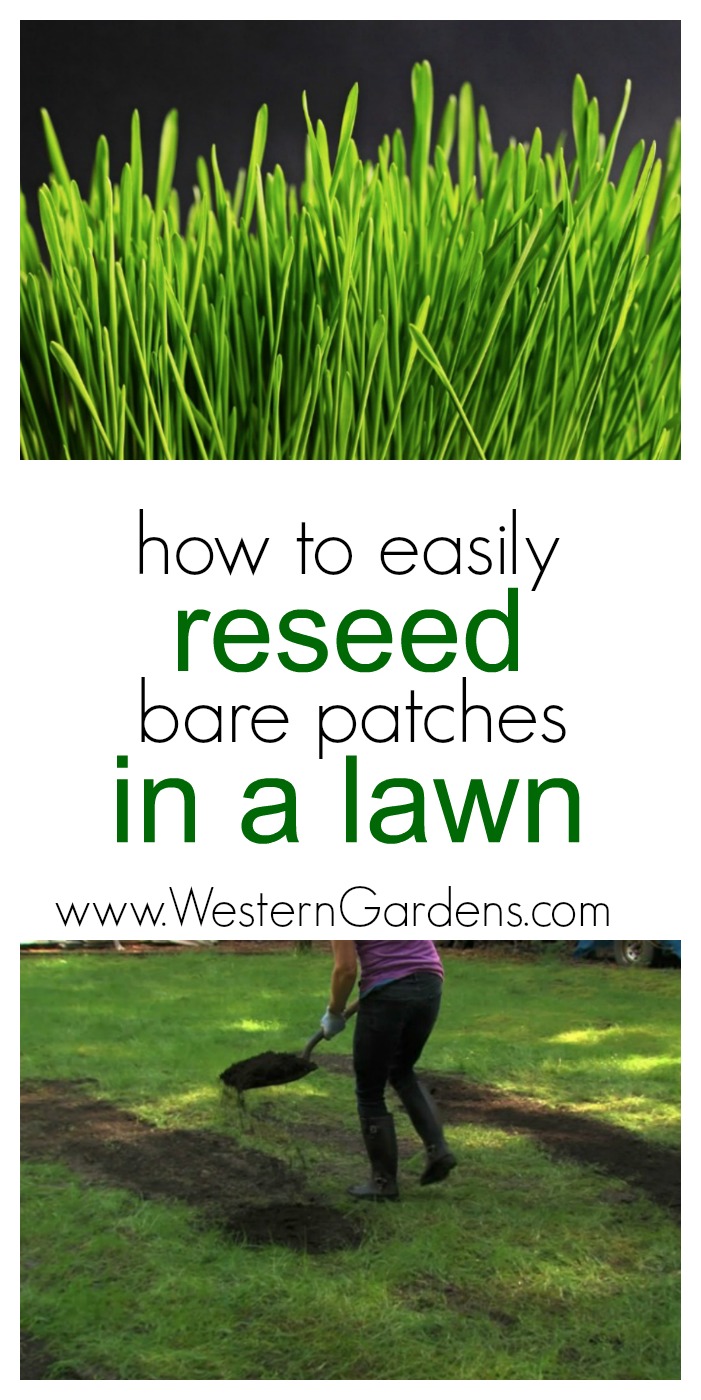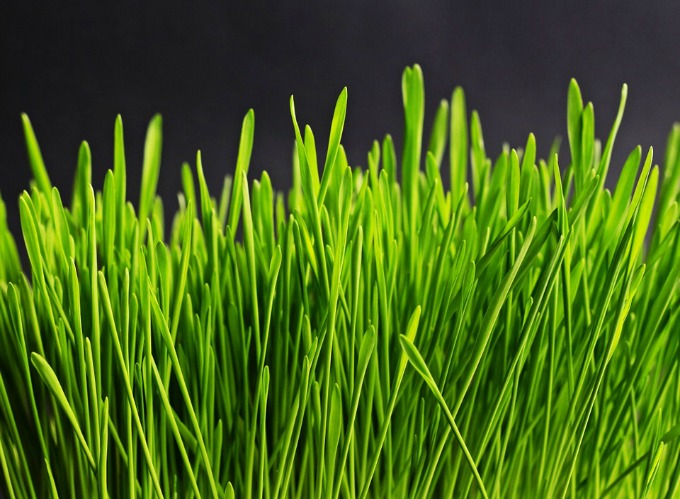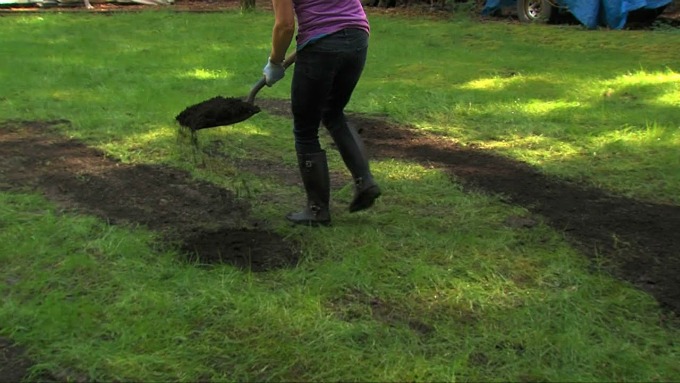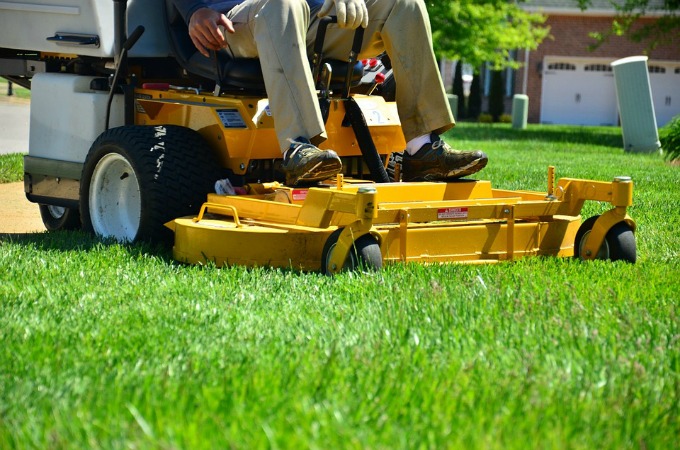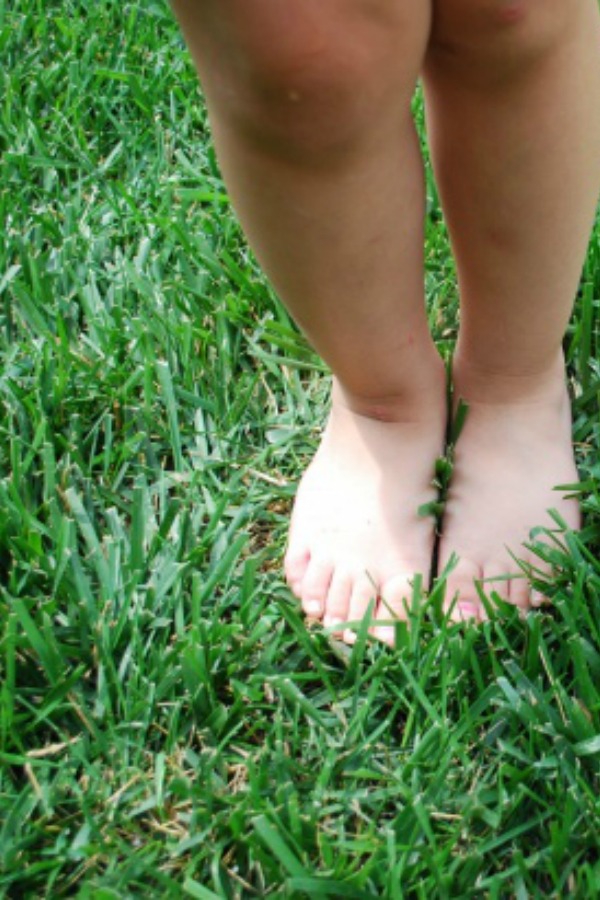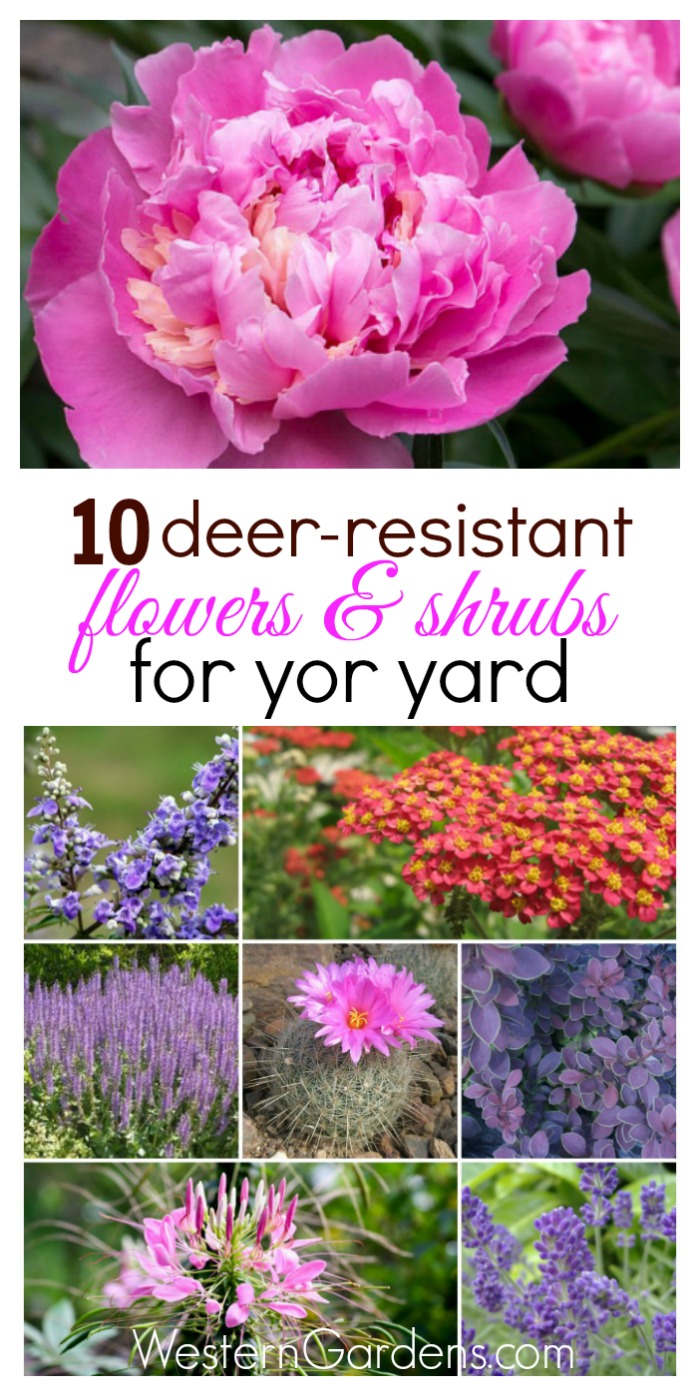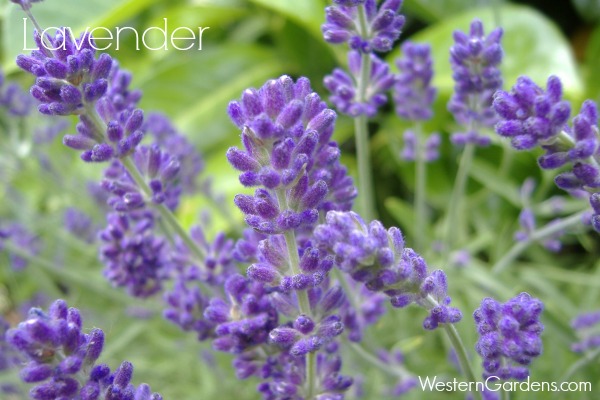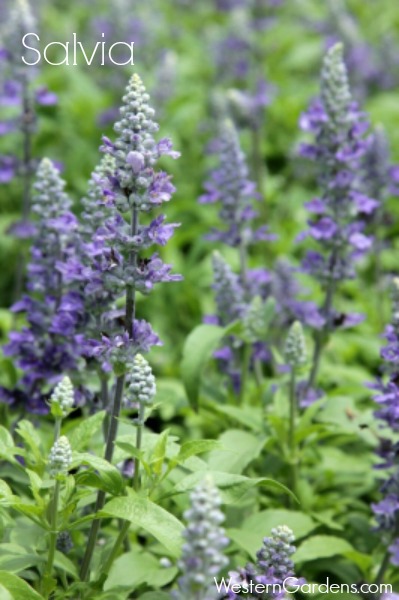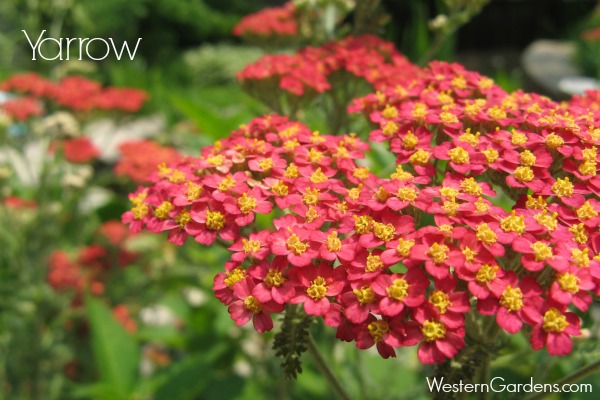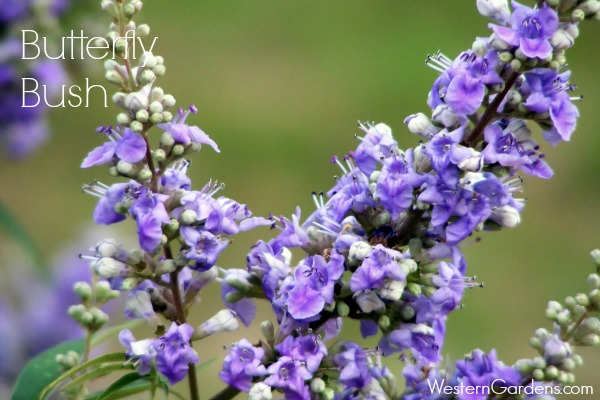Welcome, Glad you stopped by!
Garden mulch makes a yard look well kept, but there are other excellent reasons why it is good to lay down a layer of this simple garden basic.
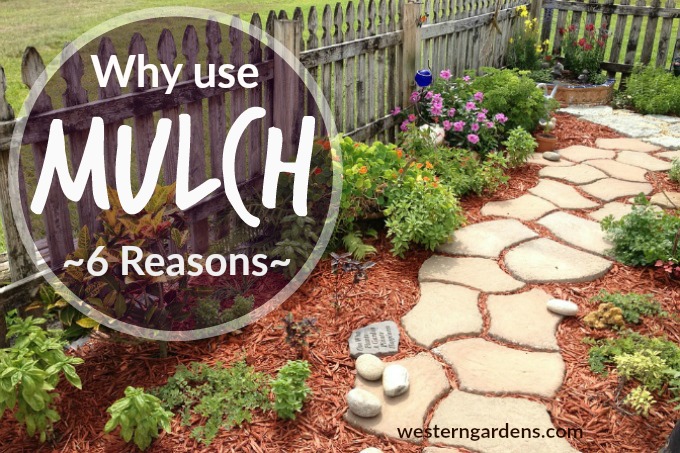
If you give me the choice between spending a Saturday working in the house or working in the yard, I will choose my yard every time. The reason? For me, there is something deeply satisfying in pulling weeds and neatening up flower beds. Yes, I know that the weeds will eventually grow back, but it takes them longer to return than it does the messes in my house. Those will reappear before the day is over!
After I finish weeding my yard, I like to put down fresh mulch. Not only does it make everything look tidy, it’s an important step in taking care of the yard. Mulch provides several key benefits for your yard. If you’ve never put it down before, consider the following benefits that it offers.
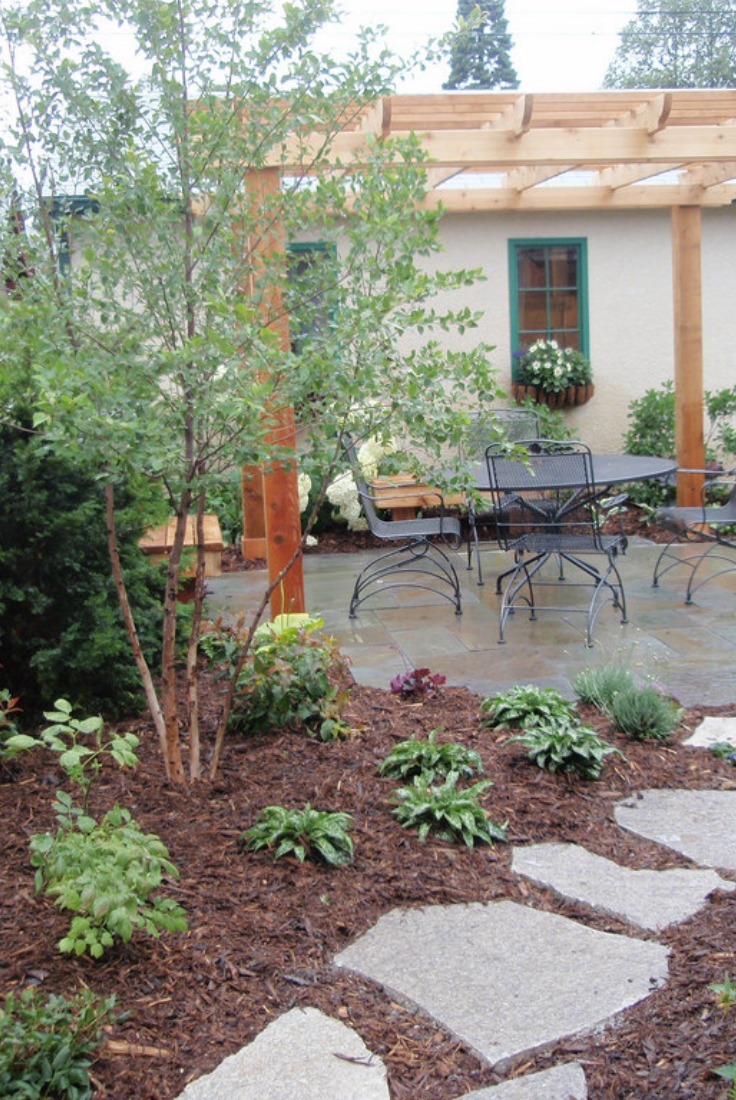
Image credit: Flickr
Weed control: A layer of mulch on your flower beds and around your trees will prevent weeds from germinating and growing.
Moderates soil temperature: Mulch will help prevent the temperature in your beds from fluctuating between too hot and too cold. It’s a good idea to apply your mulch after the soil has had a chance to warm up.
Retains moisture: Mulch prevents moisture from evaporating out of the soil. This benefits plant roots and leads to healthier growth.
Prevents erosion: Mulch will also prevent soil from eroding when it rains. When it rains the water hits the mulch first and keeps the soil from washing away.
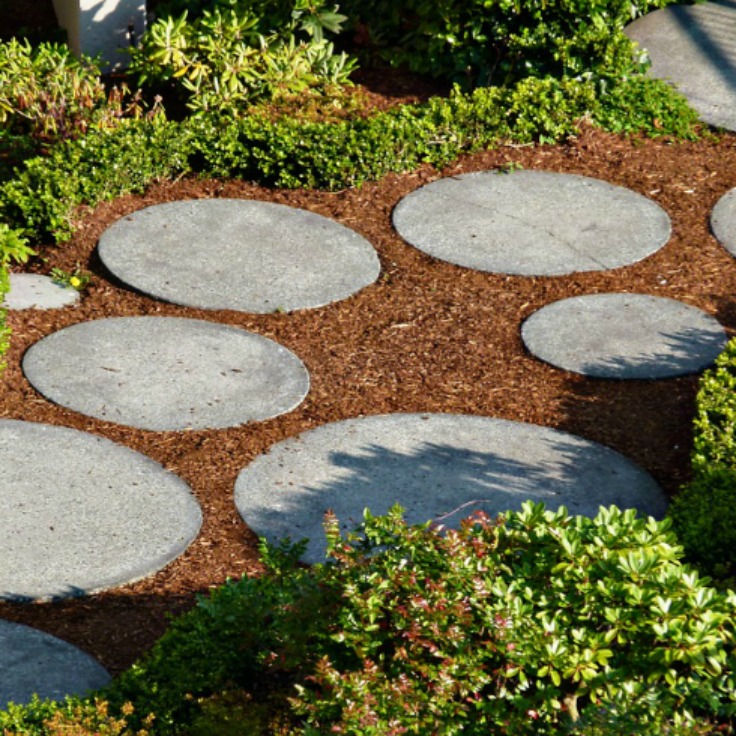
Image Credit: Pixabay
Adds nutrients to the soil: The definition of mulch is anything that you put down on your soil, but if you choose an organic mulch you will have the benefits of adding nutrients to your soil as your mulch decomposes. Even if you don’t select an organic mulch, the layer will prevent the soil’s nutrients from washing away.
Curb Appeal: Mulch gives your yard a polished look and the choices are endless. I prefer the look of a dark mulch, so we tend to use dark organic mixes that will decompose in our flower beds and around our trees. Other possibilities are rocks, compost, bark, wood chips, landscape fabric, or recycled rubber tires. Whatever you choose, pick something that complements your landscaping and gives your yard a finished look. Western Gardens has a variety of quality mulch products to recommend.

Image credit: Pixabay
